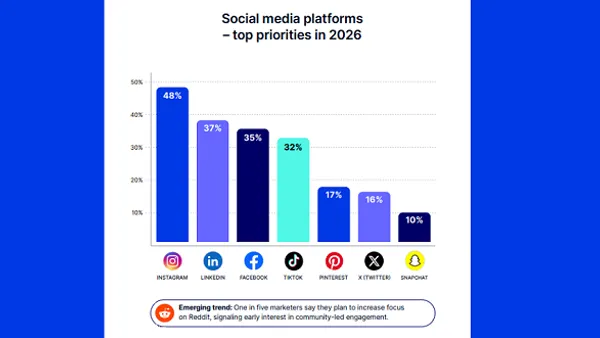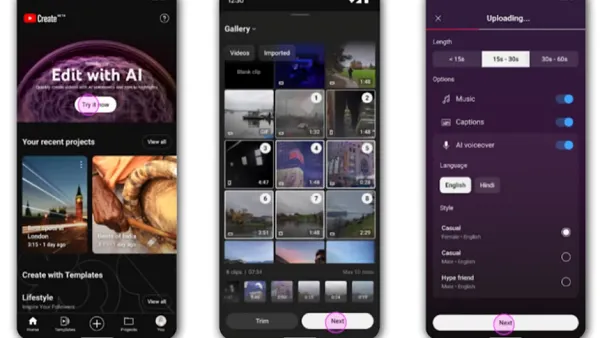Let's face it, there have always been bad PR practices out there, but thanks to this digital era of communications, new methods of PR delivery are making it increasingly tricky for journalists to weed out the good from the bad. As all of us know, these are exciting times for both media and PR pros, but beware of losing sight of your goal to build honest, authentic relationships.
The Sexy and SEO
It seems more and more these days, PR is just about as sensational as the media we're trying to befriend. This article from The New York Times tells how a press release bearing a sexy headline about a toxic shower curtain caught the attention of major news outlets including ABCNews.com, U.S. News & World Report, The Daily News in New York, MSNBC.com and The Los Angeles Times.
PR consultants and press distribution services chimed in with their tips and tricks for using keywords in their PR methodology. The president of PR Newswire, David B. Armon, talked about his company's keyword density tool and elaborates on the statistics of recent PR trigger words.
Another service, HubSpot's Press Release Grader, "evaluates your press release and provides a marketing effectiveness score. This score is based upon basic factors from public relations experts including the language and content of the release, plus advanced factors from Internet marketing experts such as links and search engine optimization characteristics."
The part that gets me is the "basic factors from public relations experts" reference. The grading here doesn't analyze how well written a lead is, or if you've included good quality quotes. Instead, it measures how well your release will do on search engines. Certainly an advantage, but not a true measure of how effective a press release will be.
It seems some PR campaigns have become more about a mathematical equation of keywords and hits-per-click than actually serving the media. It's no wonder 'PR spam' is a term thrown around newsrooms and posted on blogs these days. With distribution services adding "sophistication" to the mix, many PR pros have skipped the basics in favor of an easier "point-and-shoot" method of content delivery.
Jeremy Pepper makes some good points in his recent blog post, Slave to Technology, but the underlying message seems to be getting back to basics. Pick up the phone and make a meeting face-to-face whenever possible. Don't take for granted the ability you have to communicate the old fashioned way, in most cases, you will build a better relationships because of it.
Making the Grade
I asked Auburn University's Robert French who runs PR Open Mic for PR students, faculty and practitioners about these new tactics.
"I appreciate new tools that help check for keywords, etc. But, I truly believe that all these SEO efforts using news releases have thrown so much noise into the mix, they've diminished the value of so many online releases," said French.
As Robert goes on to point out, it should be more about fundamentals, "The writing is the key. An SEO tweaked release would make a journalist barf."
PR Services for Media
I tend to see value in the applications and methods that serve media. If an application can make a journalist's job easier or more effective then it's worth looking into.
Sites like Newsvetter, a news vetting and news delivery service that helps weed-out bad or poorly written press releases, is more of a value to journalists than PR pros.
Peter Shankman's HARO is another innovative approach built for media. Journalists pitch PR, not the other way around. It's designed to be a service to media, but in the end offers "approval" for PR pros to pitch them.
And this is also how I've developed and positioned PitchEngine, as a service to media. It gives PR pros an easy method for compiling all of their digital PR assets into one social media release and then sharing it with their contacts in a more organic way - through social networking and direct-delivery methods. We'll soon roll-out the media side of PitchEngine, which will allow journalists and bloggers to search and filter PR content, even approve pitches from outside their news beats or preferred industries.
Bloggers vs. Journalists
As PR pros, we see the differences between meeting the needs of bloggers and meeting the needs of print journalists.
Tech blogger, Robert Scoble says he, "hates getting pitched" and had this to say when I pitched him via social methods, "I gotta give you this much, you beat 99.999999% of other PR people. You pitched me on Twitter. I checked it out."
For journalists, the mere mention of twitter can be daunting, which is why another level of engagement is required. More about this in my previous post PR It Forward.
While not all journalists and bloggers will embrace these new methods instantly, it's apparent - now is the time to gain their trust. Not by spamming your press content over email or through massive PR distribution wires, but by showing them the value of social interaction.
Evaluate all the new tools by how they help media, your client and your brand. Honesty is best policy, and an authentic approach to PR will give you the kind of credibility media new and old will appreciate.
From The PitchEngine Network | A New Spin on PR









